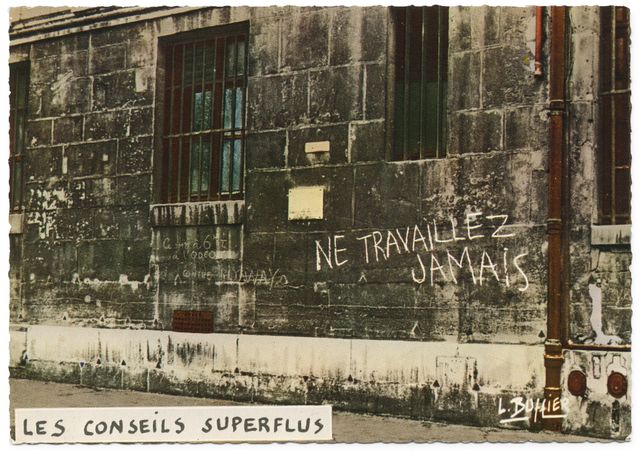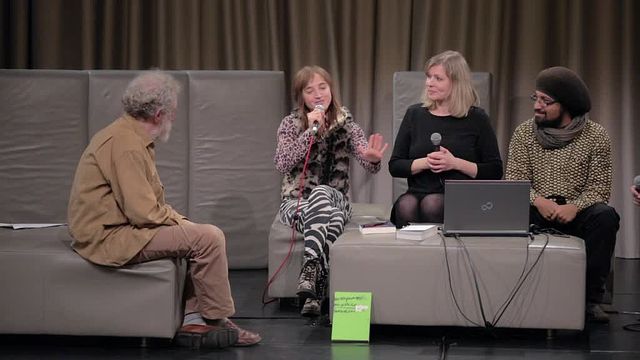A conversation about cities, politics, in play and in earnest

1950s and 1960s Paris was the soil in which the Situationist International’s ideas about the future of the city could thrive. Heterogeneous quarters, milieus and open spaces contrasted with the excesses of consumerist society and political planning, which made the city a mere transit zone between places of sleep and work.
Guy Debord saw Paris “before the fall into the spectacle,” that is, before it was completely engrossed in consumption and the market economy. The Situationist International (S.I.) therefore experimented with practices that were designed to halt this development and to conceive of the city primarily as a lifeworld and free space for ideas—such as deliberate forays and awareness of the factors essential to a high quality of life—and to redesign city maps based on parameters such as quality of stay or the repurposing of spaces. Many of these practices are now widespread and have found their way into architecture and urbanism; to some extent even the thesis that academic/political city planning in terms of “modernity” never really offers solutions, but is part of the problem. This conversation about city and politics, play and seriousness enables an exchange of perspectives and playing through of various utopias.
As part of The Most Dangerous Game: The Situationist International en route for May ’68, urban activists discuss subversive practices in Berlin today. What ideas of the city shape urban life today? To what transformation processes is this city, with its eventful history, subjected? What players drive them?
With Christophe Kotanyi (allmende e.V.), Joshua Kwesi Aikins (Bündnis Decolonize the City), Christiane Hütter (Invisible Playground), Christine Scherzinger (FU Berlin) and Denis Petri (Changing Cities).
